The delicate art of macaron-making is a dance of precision, where even the slightest deviation can lead to cracked shells or misshapen forms. Among the many crucial steps in this process, the drying stage—often referred to as "resting" or "drying the skin"—holds particular significance. For bakers striving for the perfect macaron feet (that iconic ruffled edge), understanding the 30-minute moisture threshold during this phase can mean the difference between triumph and tragedy.
When piped macaron batter is left to rest before baking, a thin skin forms on the surface. This skin acts as a barrier, trapping steam inside the shell during baking. As the steam expands, it pushes upward, creating the characteristic foot while the skin prevents cracks. However, the duration of this drying period is not arbitrary. Research and extensive kitchen trials suggest that 30 minutes represents a critical juncture where the moisture content reaches an optimal equilibrium—too little, and the skin may be too weak; too much, and the macaron can develop hollows or stick to the tray.
The science behind this phenomenon hinges on evaporation rates and ambient humidity. In environments with 50-60% relative humidity, a 30-minute rest allows just enough moisture to escape from the surface while retaining sufficient internal hydration. Professional patissiers often note that exceeding this window by even 10 minutes in dry climates can over-desiccate the shell, causing premature hardening that inhibits proper rising. Conversely, in overly humid kitchens, insufficient drying leads to sticky tops that tear during baking.
Seasoned bakers have developed clever techniques to identify this moisture sweet spot. The classic "finger test"—lightly touching the surface to check for tackiness—remains a reliable indicator when performed at the 25-minute mark. At this stage, the ideal macaron should feel like the back of a post-it note: slightly adhesive but not wet. This tactile cue signals that the critical moisture redistribution within the meringue structure is nearly complete.
Temperature plays a fascinating supporting role in this process. Commercial kitchens maintaining 20-22°C (68-72°F) observe more consistent results than home bakers dealing with fluctuating temperatures. The warmth accelerates evaporation but must be balanced against the risk of premature oven spring. Some avant-garde pastry chefs have begun experimenting with controlled dehydration chambers, using food dehydrators set to 30°C for precisely 18 minutes to standardize results across production batches.
Interestingly, the composition of the macaronage (the almond flour-sugar-meringue mixture) influences this moisture threshold. Recipes with higher almond content (over 35%) tend to absorb surface moisture faster, sometimes requiring shorter rest periods. Italian meringue-based macarons, with their pre-cooked sugar syrup, often demonstrate greater tolerance for extended drying times compared to French meringue versions. This variability explains why professional recipes always specify resting durations relative to their specific formulation.
The consequences of ignoring this 30-minute watershed moment manifest in several ways. Under-dried macarons frequently exhibit "volcanic feet"—irregular, explosive growth that ruins the smooth dome. Over-dried specimens may develop a telltale waistline gap, where the foot separates from the body due to excessive surface tension. Through microscopic analysis, food scientists have observed that properly rested macarons develop a protein matrix at the surface that expands uniformly, while improperly dried shells show fractured collagen networks.
Modern patisserie has seen innovative adaptations to this principle. Some Tokyo-based macaron specialists now employ ultrasonic humidifiers to maintain perfect ambient conditions during the drying phase. In Paris, a renowned macaron school teaches students to monitor weight loss—a 7-9% reduction in total mass after 30 minutes indicates ideal moisture departure. These quantitative approaches complement traditional tactile methods, offering reproducible precision for commercial operations.
As home bakers increasingly pursue professional-quality results, understanding this moisture critical point becomes ever more valuable. The next time your macarons emerge from the oven with imperfect feet, consider whether those precious minutes of drying time were honored—that half-hour window holds more power over your pastry’s destiny than any ingredient measurement or mixing technique. In the alchemy of macarons, time is not just a factor; it’s the invisible architect of perfection.

By /Jul 24, 2025
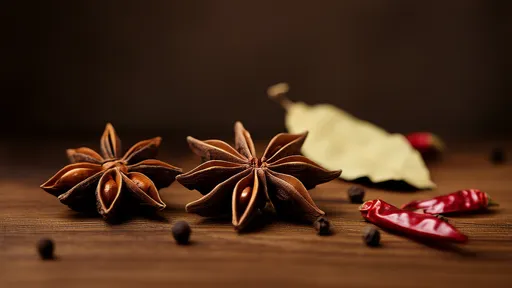
By /Jul 24, 2025

By /Jul 24, 2025

By /Jul 24, 2025

By /Jul 24, 2025

By /Jul 24, 2025
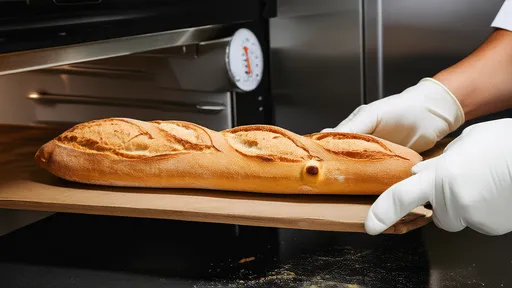
By /Jul 24, 2025
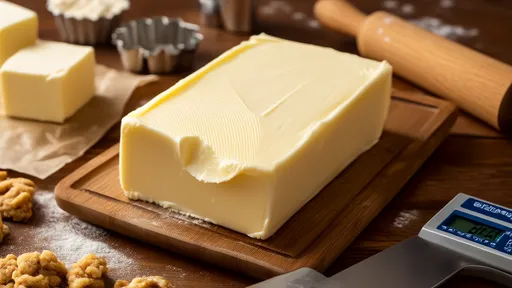
By /Jul 24, 2025
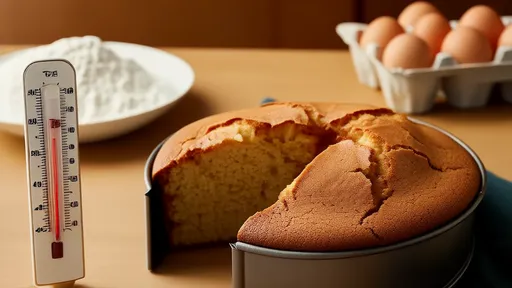
By /Jul 24, 2025

By /Jul 24, 2025

By /Jul 24, 2025
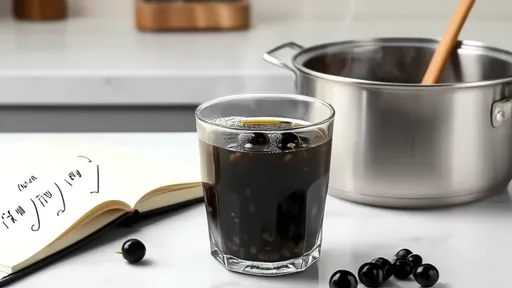
By /Jul 24, 2025

By /Jul 24, 2025

By /Jul 24, 2025

By /Jul 24, 2025

By /Jul 24, 2025
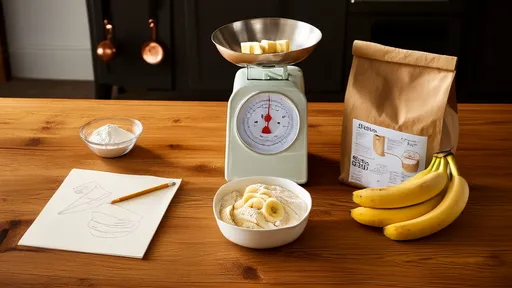
By /Jul 24, 2025

By /Jul 24, 2025